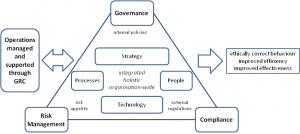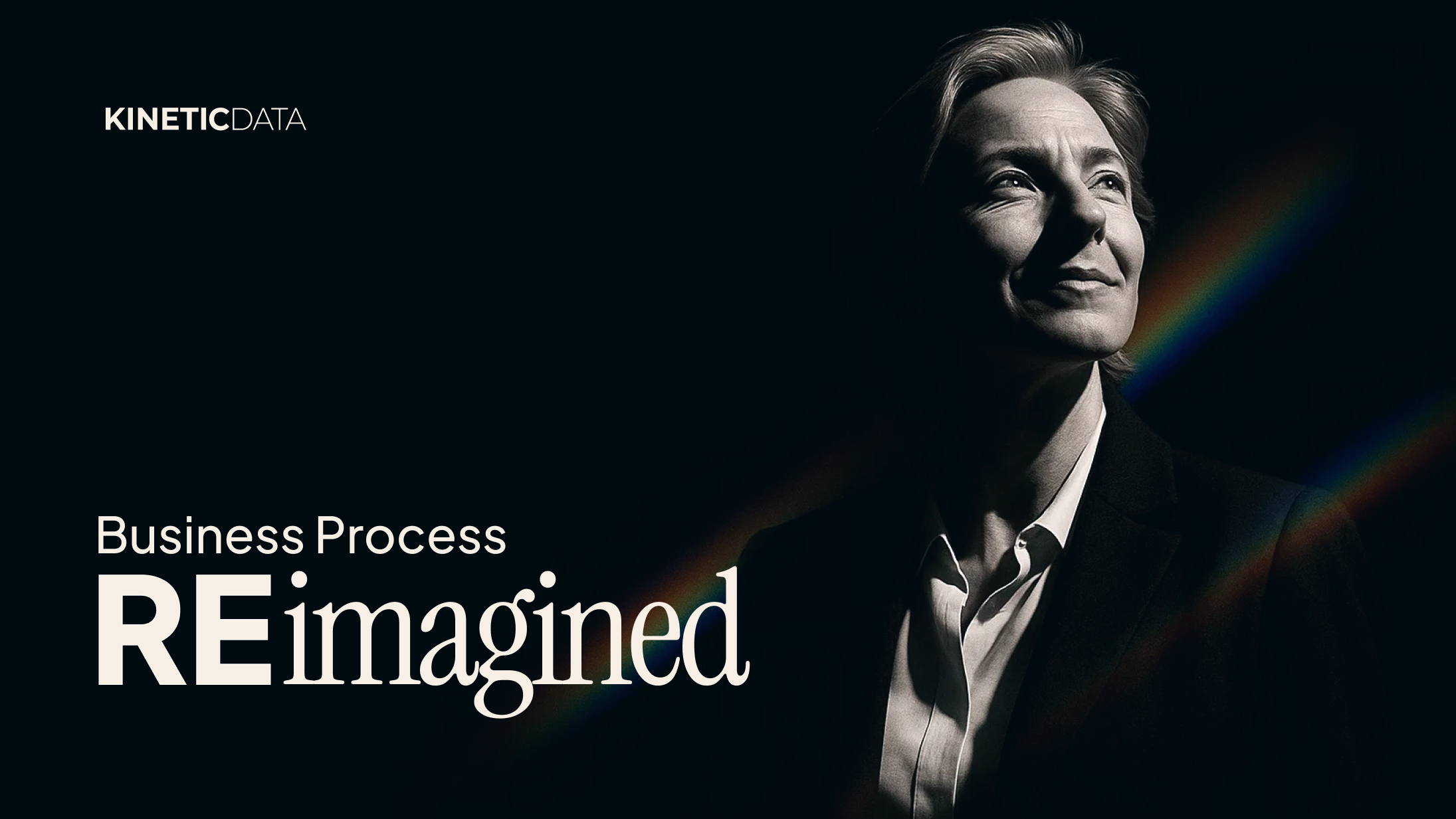What’s New at Kinetic: Building Smart in 2026
At Kinetic, we believe the future of Business Process Management isn’t bigger—it’s smarter.
IT Governance, Risk Management and Compliance Enables Competitive Differentiation, Cost Reduction and Growth.

IT Governance, Risk Management and Compliance Enables Competitive Differentiation, Cost Reduction and Growth.
By Nancy Nafziger
No one can deny that IT departments are under constant change. This is a huge challenge considering that IT departments are consistently under pressure to deliver greater number of services faster, with more approvals, more complex processes, budget cuts, and to top it off, greater regulatory requirements.
How does IT keep up with the demands of increased operational efficiency and governance, risk management and compliance mandates at the same time?
Wikepedia defines, Governance, Risk Management, and Compliance or GRCas the umbrella term covering an organization’s approach across these three areas. Being closely related concerns, governance, risk management and compliance activities are increasingly being integrated and aligned to some extent in order to avoid conflicts, wasteful overlaps and gaps.

IT governance, IT risk management and IT compliance are three well-defined disciplines that, in the past, existed in silos within large organizations.
Michael Rasmussen at Corporate Integrity, LLC defines GRC as follows:
Rasmussen continues, “GRC is an approach to business. It is about individual GRC roles across the organization working in harmony to provide a complete view of governance, risk, and compliance. It is about collaboration and sharing of information, assessments, metrics, risks, investigations, policies, training, and losses across these business roles and processes.”
A successful integrated GRC strategy uses a single set of control material, mapped to all of the primary governance factors being monitored.
What are the three most common individual GRC roles?
What exactly is IT GRC?
Implementing a unified IT GRC approach, and managing the associated processes coherently will create operational efficiencies, provide visibility into IT processes and ensure accountability. IT plays a significant role in integrating GRC process.
Okay, so how does IT keep up with the demands of increased operational efficiency, governance, risk and compliance mandates and reduce costs—all at the same time?
Daniel Magid outlines the Top Six Cost-Cutting Strategies for IT Compliance:
In my opinion, encapsulating compliance processes into an automated system and bringing on new technology are most important.
Magid continues, a strong software compliance solution should:
If you are looking for a way to manage your IT GRC processes now is the time to implement a request management system and an advance workflow engine such as Kinetic Request and Kinetic Task. With this powerful system you can automate your IT GRC processes such as:
Kinetic Request and Kinetic Task enable you to reduce costs, streamline your IT GRC processes, improve IT efficiency and gain full control of complex GRC approvals and tasks.

At Kinetic, we believe the future of Business Process Management isn’t bigger—it’s smarter.

IT support automation uses software workflows, rule engines, AI/ML, and integrations to automate...

Business process reimagined is the strategic renewal of how work gets done by combining modern digital...